Moths of the Lower Rio Grande Valley
LRGV Specialty Moths - Owlets
These are moths that (according to the Moth Photographer's Group) are only found in the Lower Rio Grande Valley.
Disclaimer: This collection is
not comprehensive!
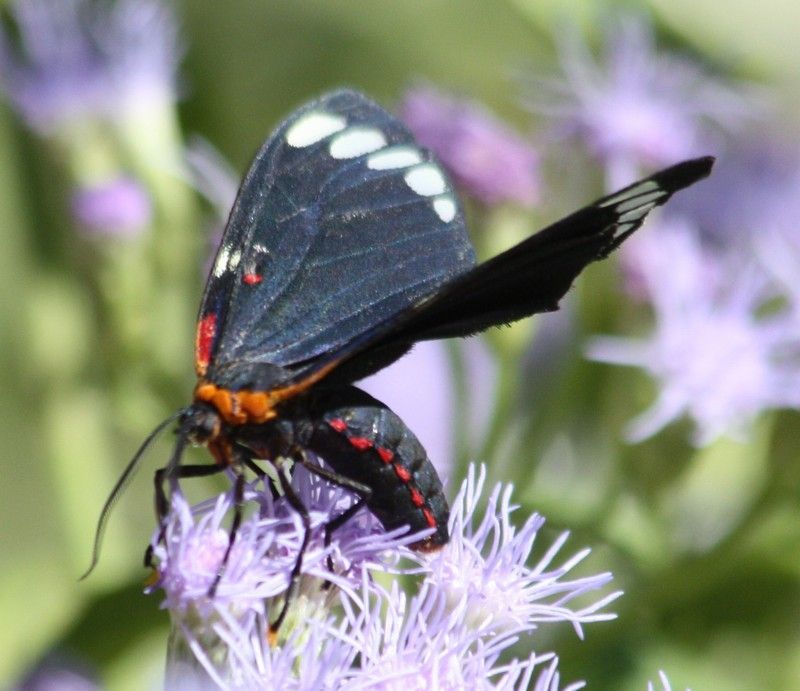
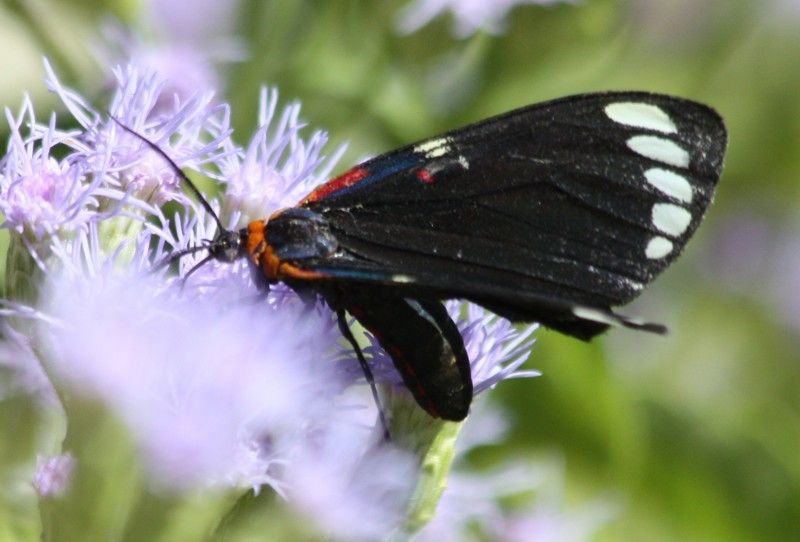
Saucy Beauty (Phaloesia saucia)
This unmistakable day-flying moth is a rare treat to see: black overall with bold white spots along the ST area, with splashes of red and orange elsewhere on the wings and body. Recorded twice - once in July and once in October.
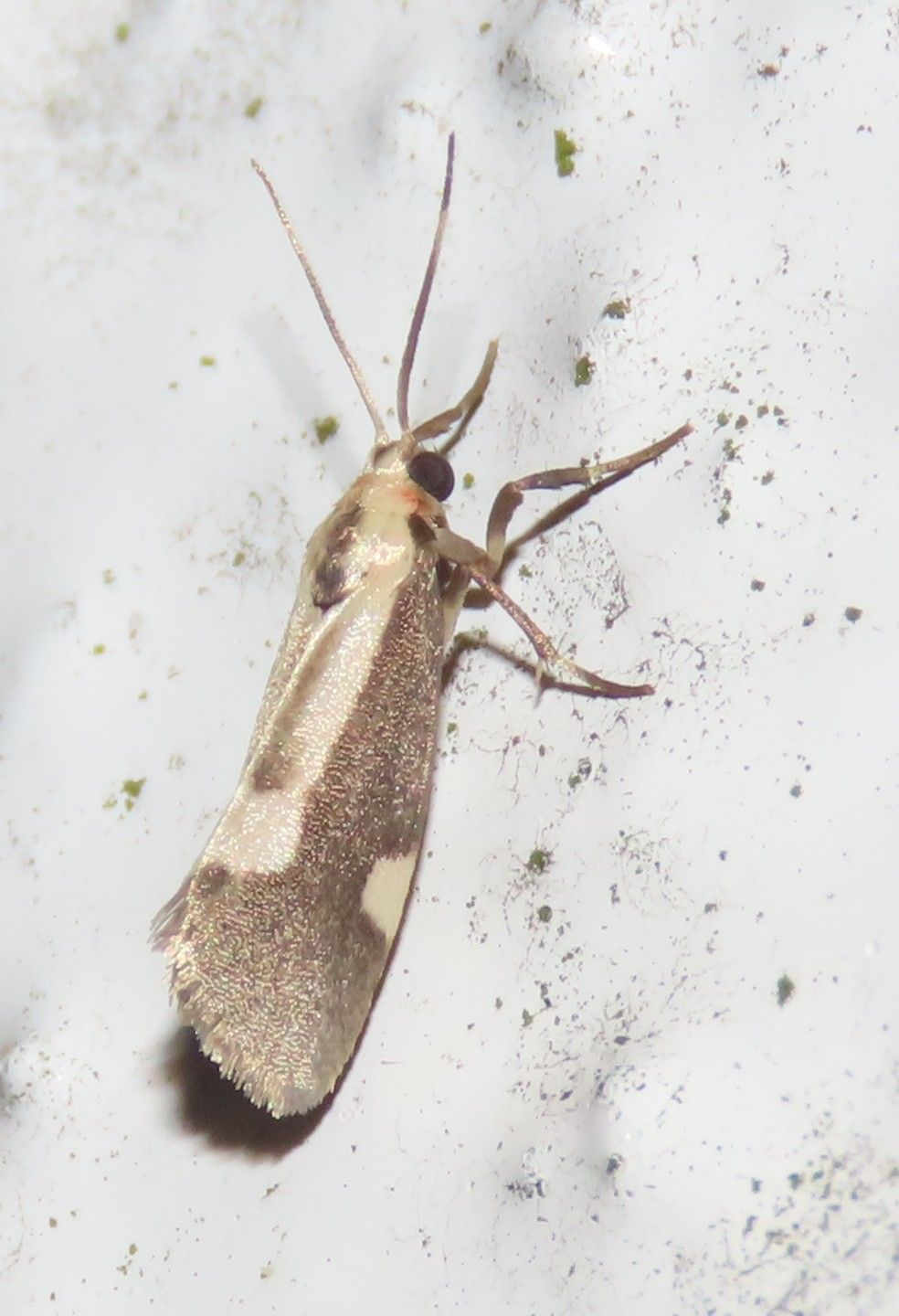
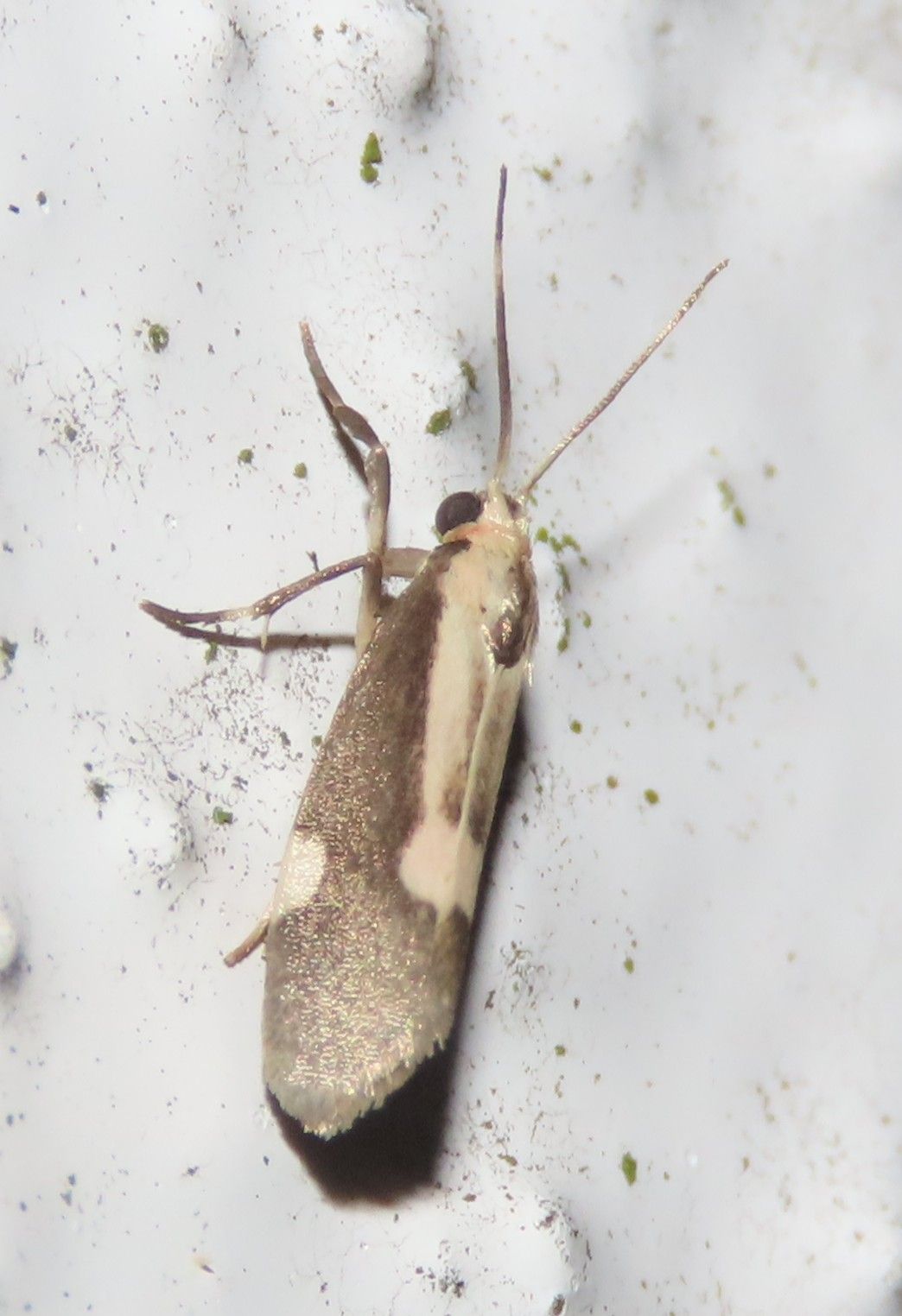
White-streaked Lichen Moth (Cisthene conjuncta)
A distinctive black-and-white lichen moth. The white mantle has a central grayish rectangle with a thin white streak running down the middle. It also has a distinctive white costal square. Seen once in October.
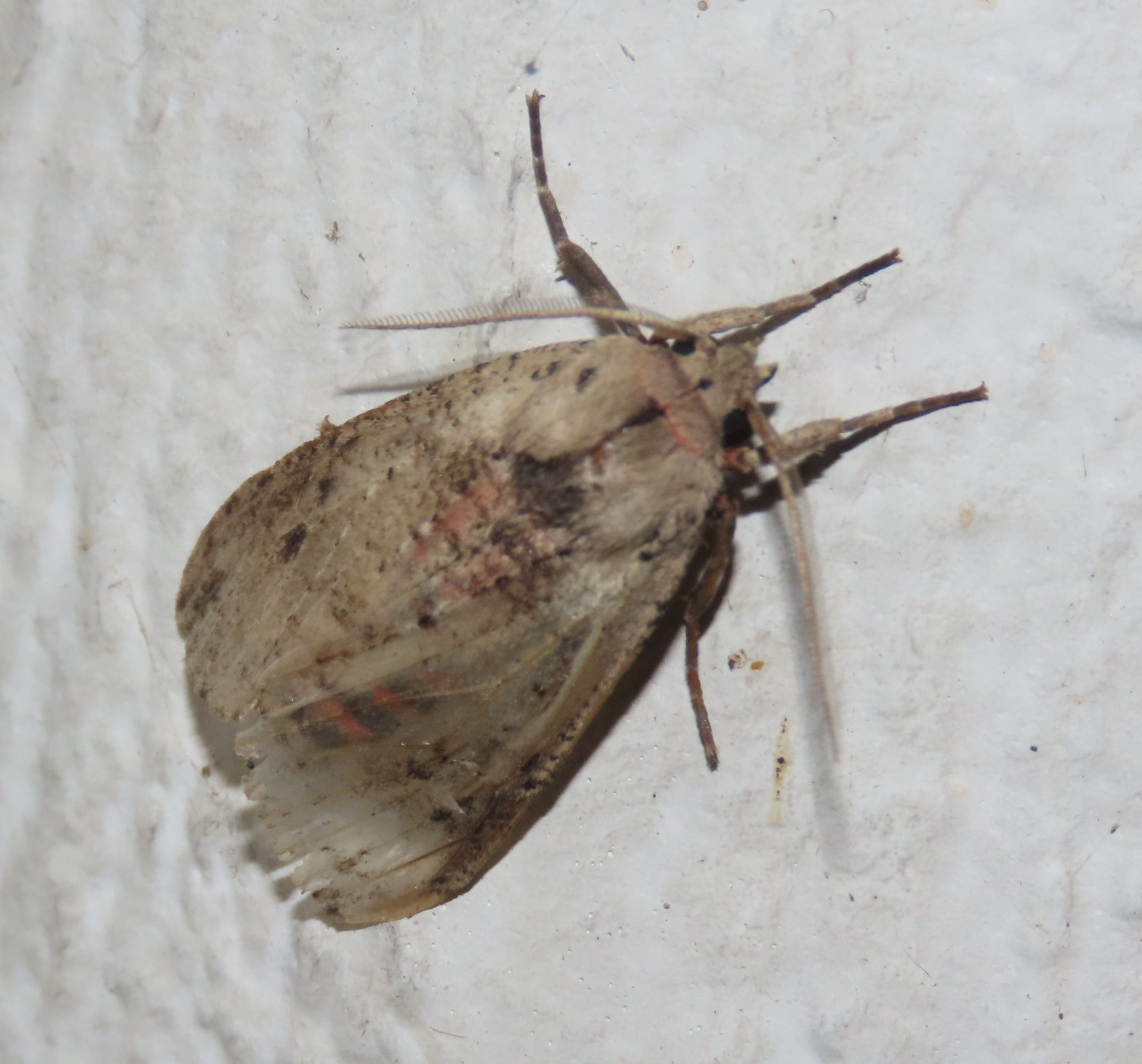

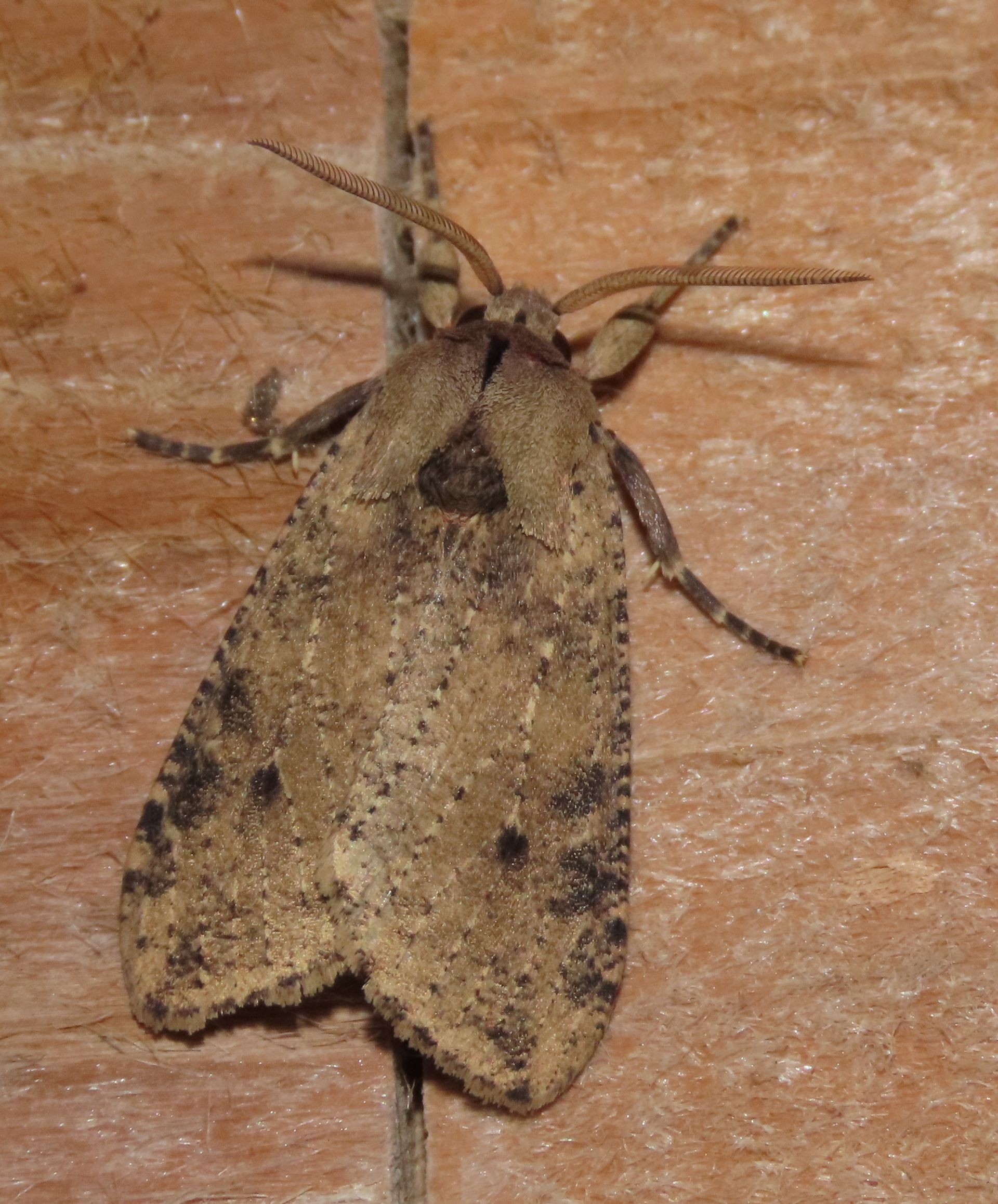
Purius Tiger Moth (Purius superpulverea)
Looking more like a confusing noctuid than a colorful tiger moth, the Purius has a dark brown patch on its upper back, along with large dark smudges along the lower edge of the forewing, plus two obvious discal spots. The costal edge and veins have a checkered appearance. On the very worn bug on the far left you can see the colorful red-and-black banded abdomen! Recorded May to July.
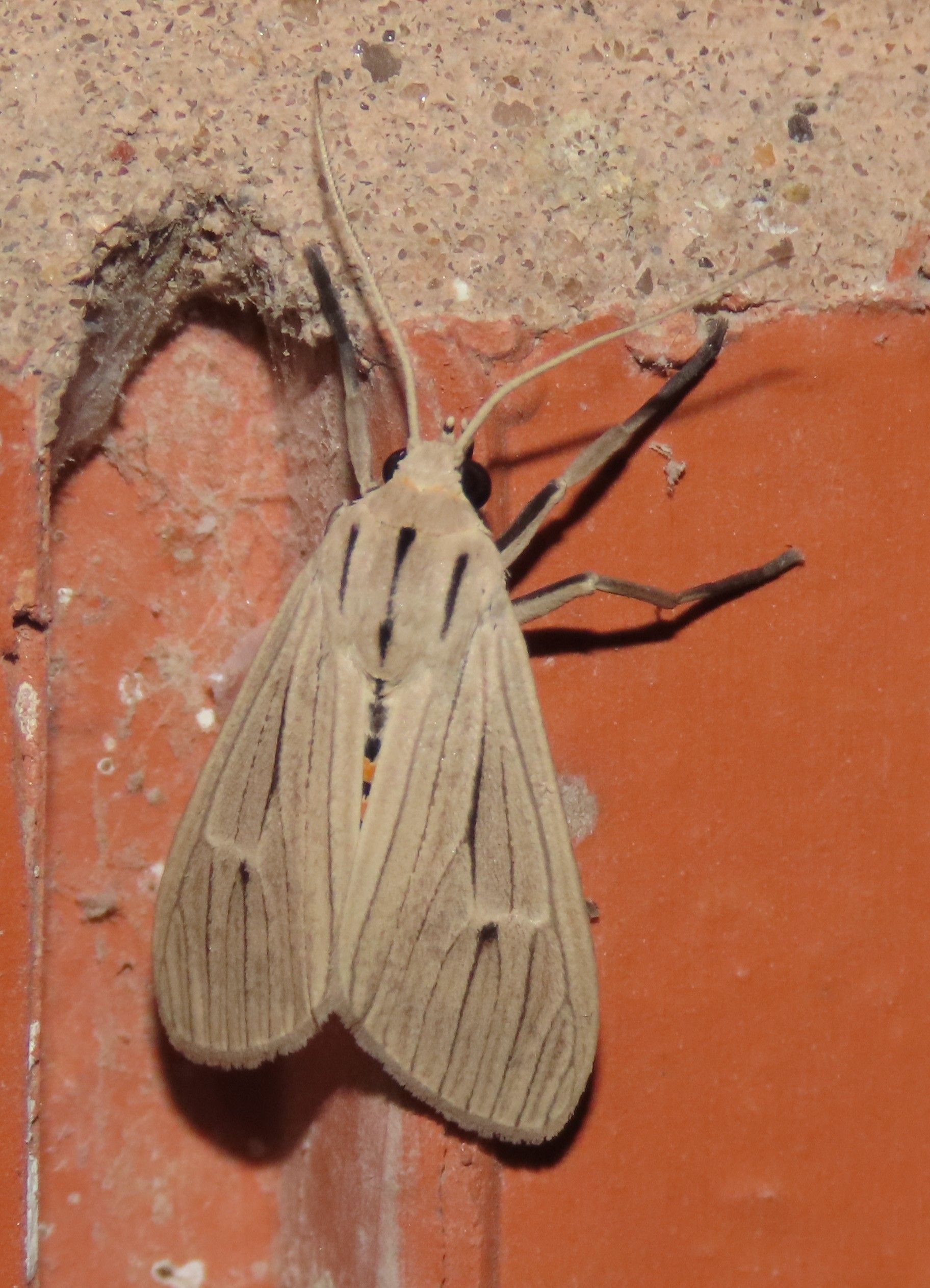
Lined Tiger Moth (Agaraea semivitrea)
This straw-colored tiger moth is easily identified by the three bold stripes on its thorax and the bold black spot on the forewing. The colorful abdomen can barely be seen in this photo! Recorded February to September.
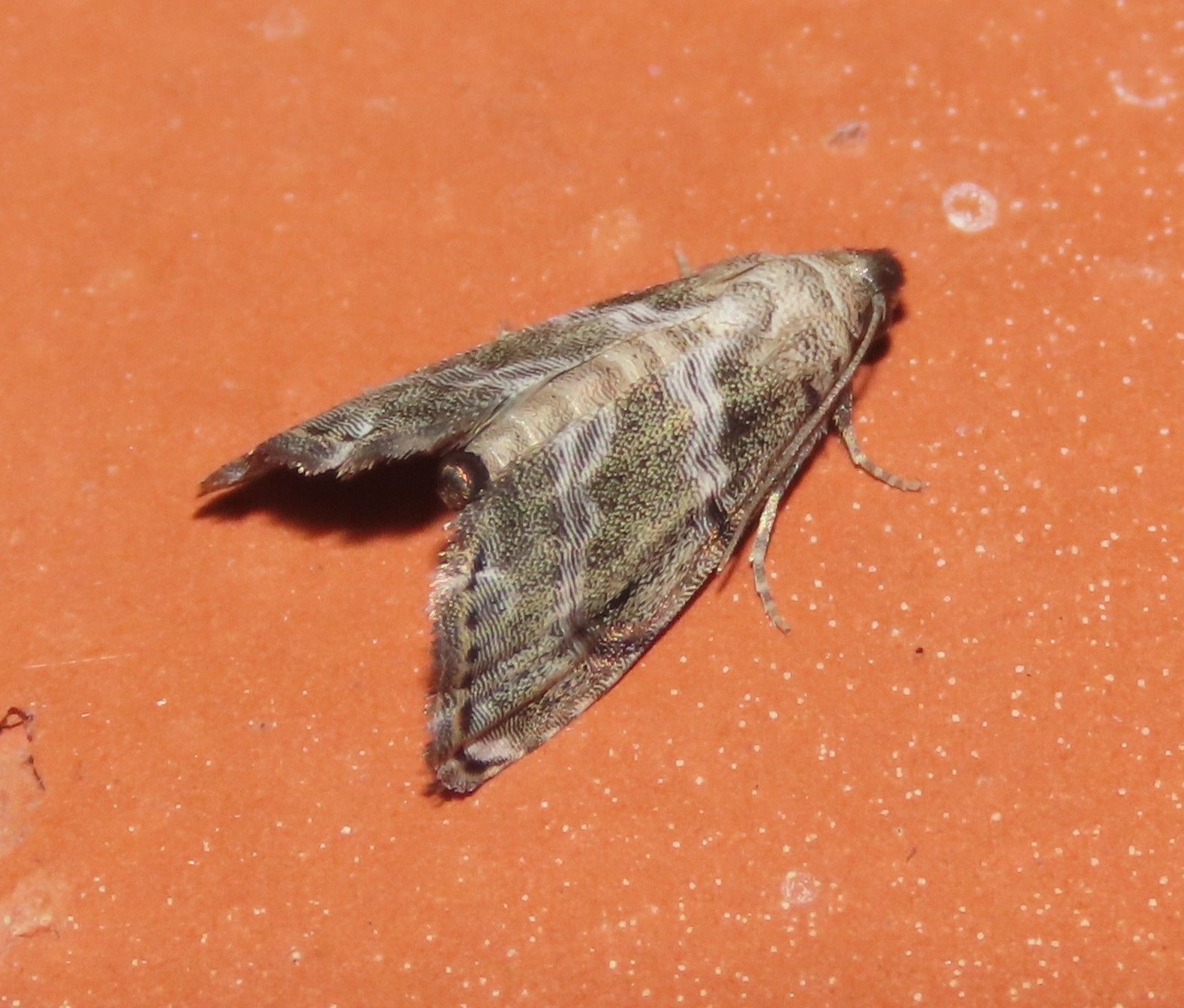
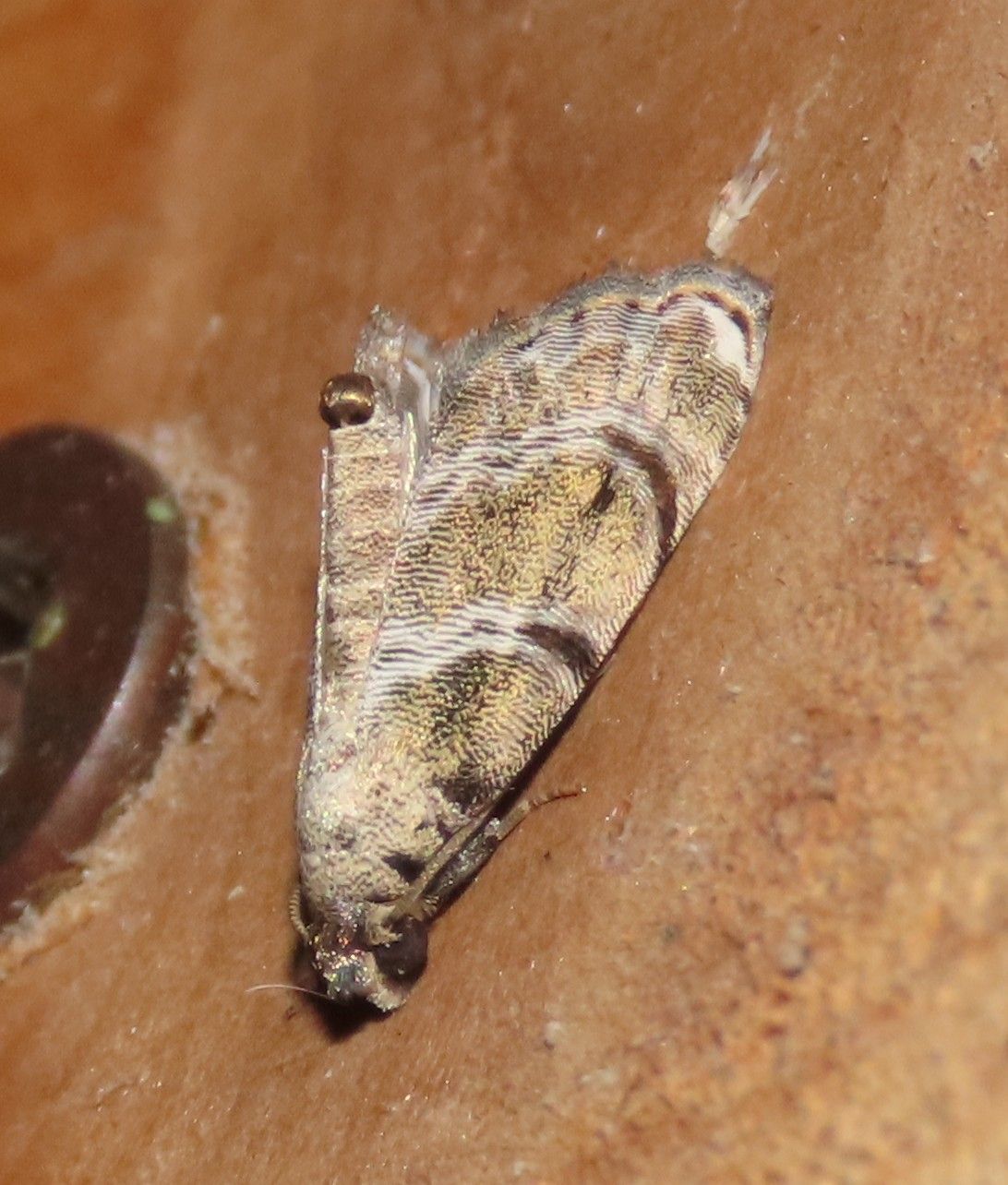
Bilineated Abablemma (Abablemma bilineata)
This vermiculated little moth has sinuous AM and PM lines outlined in white, which widen and darken at the costa. The button-like abdomen tip is often held above the wings. Sporadic; recorded in January, April, June, August, and November.
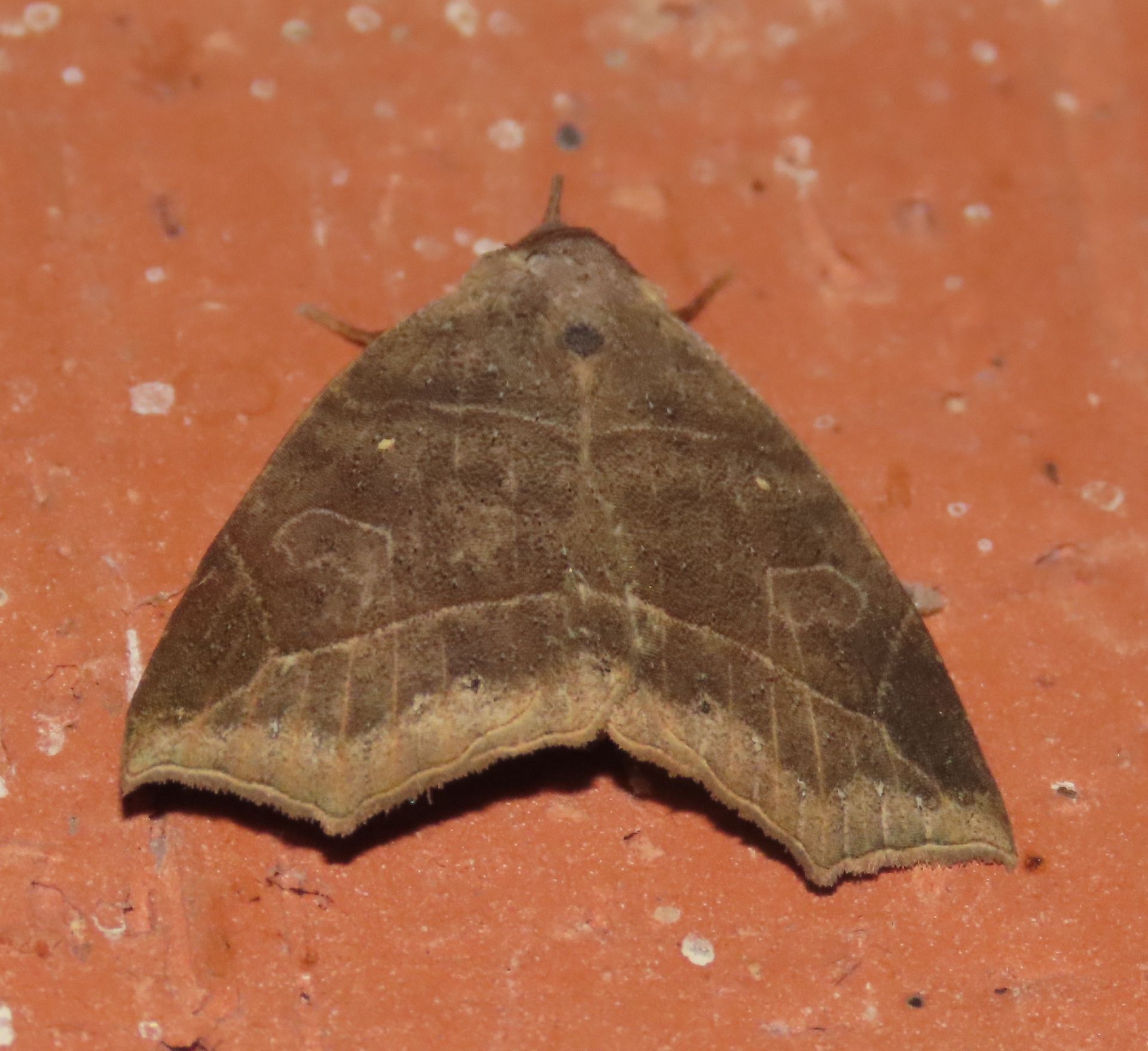
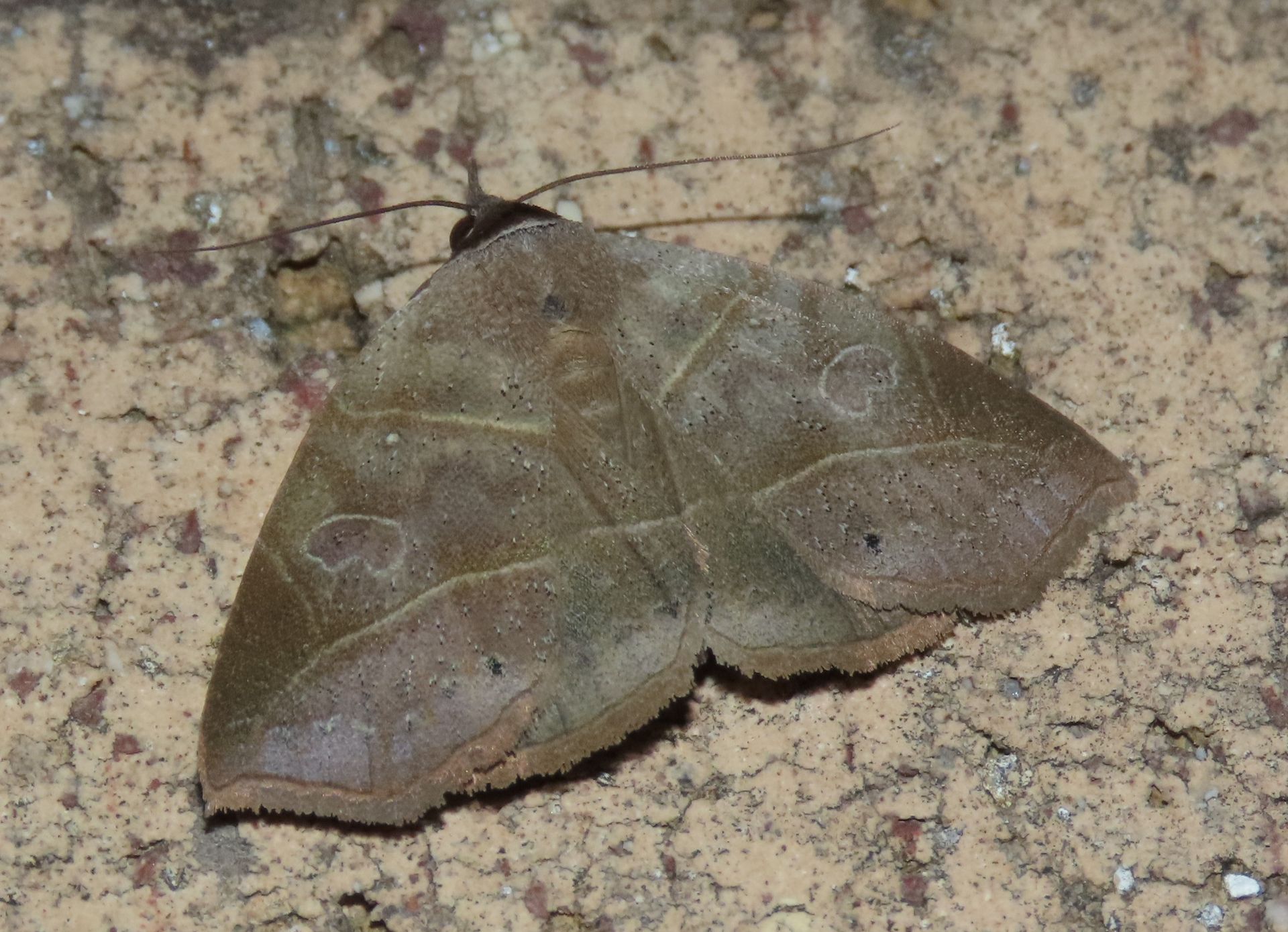
White-dotted Owlet (Isogona natatrix)
Often overlooked as the more common and widespread Thin-lined Owlet (I. tenuis), this nearly identical cousin is told by the tiny white discal spots below the AM line. This bug is usually darker than the Thin-lined, but the latter can have dark individuals as well. Recorded in May and June.

Helia Moth (Helia agna)
This striking underwing has a dark brown saddle bordered on the top by a contrasting pale AM line. The highly variable Shadowy Zaleops (Zaleops umbrina) could show up in the LRGV and can be similar, but has a much larger saddle and lacks the contrasting AM line and the white dots in the saddle. Recorded once in May.
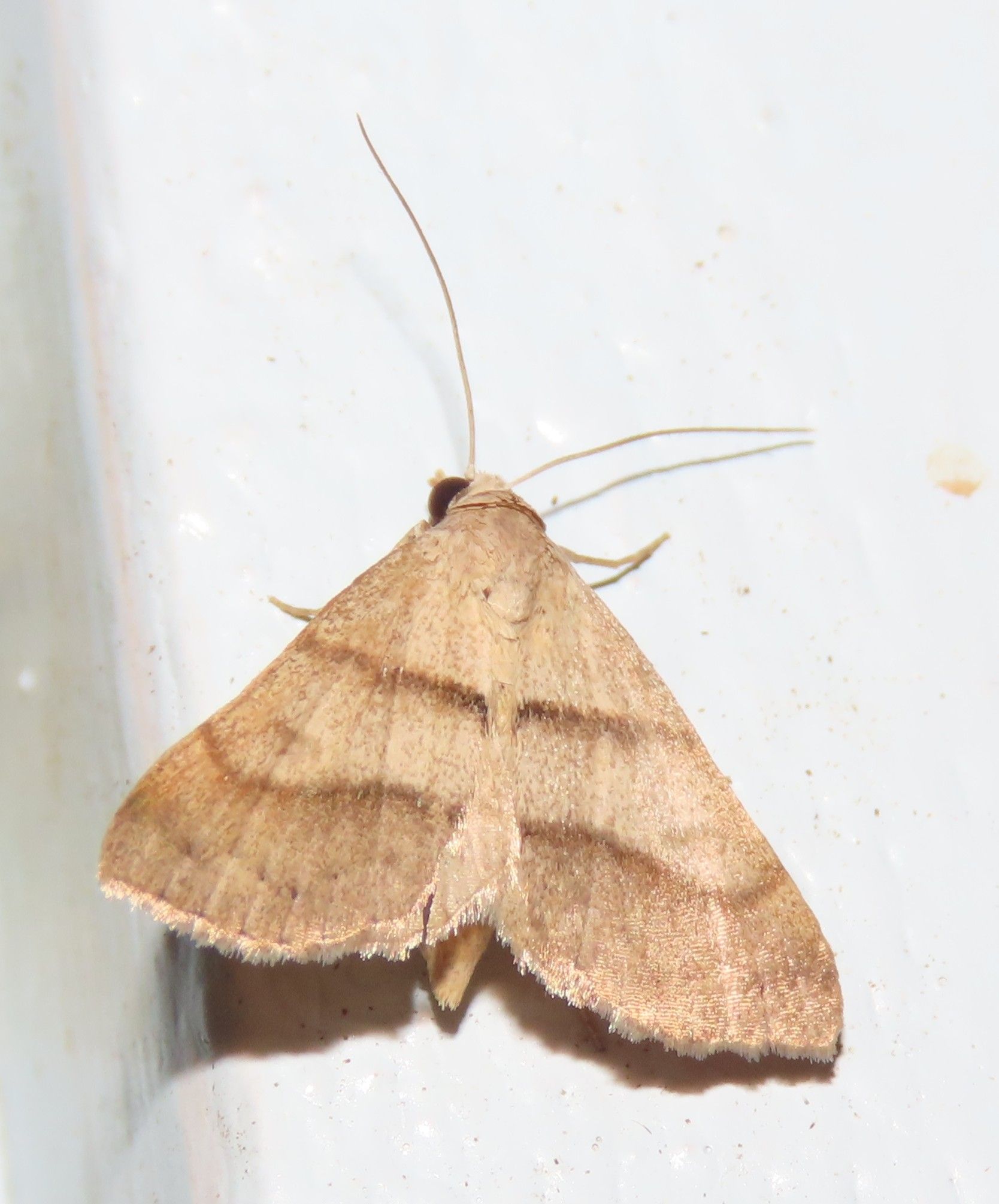
Reversed Tropic (Hemeroplanis reversalis)
This may be wishful thinking, as some specimens of the more widespread Historical Tropic (Hemeroplanis historialis) can look very similar, but the strong AM and PM lines, and the darker ST area match the only photo of a live specimen of H. reversalis on BugGuide. It's possible that that a positive ID can only be made through DNA analysis. Recorded once in August at the Alamo Country Club.

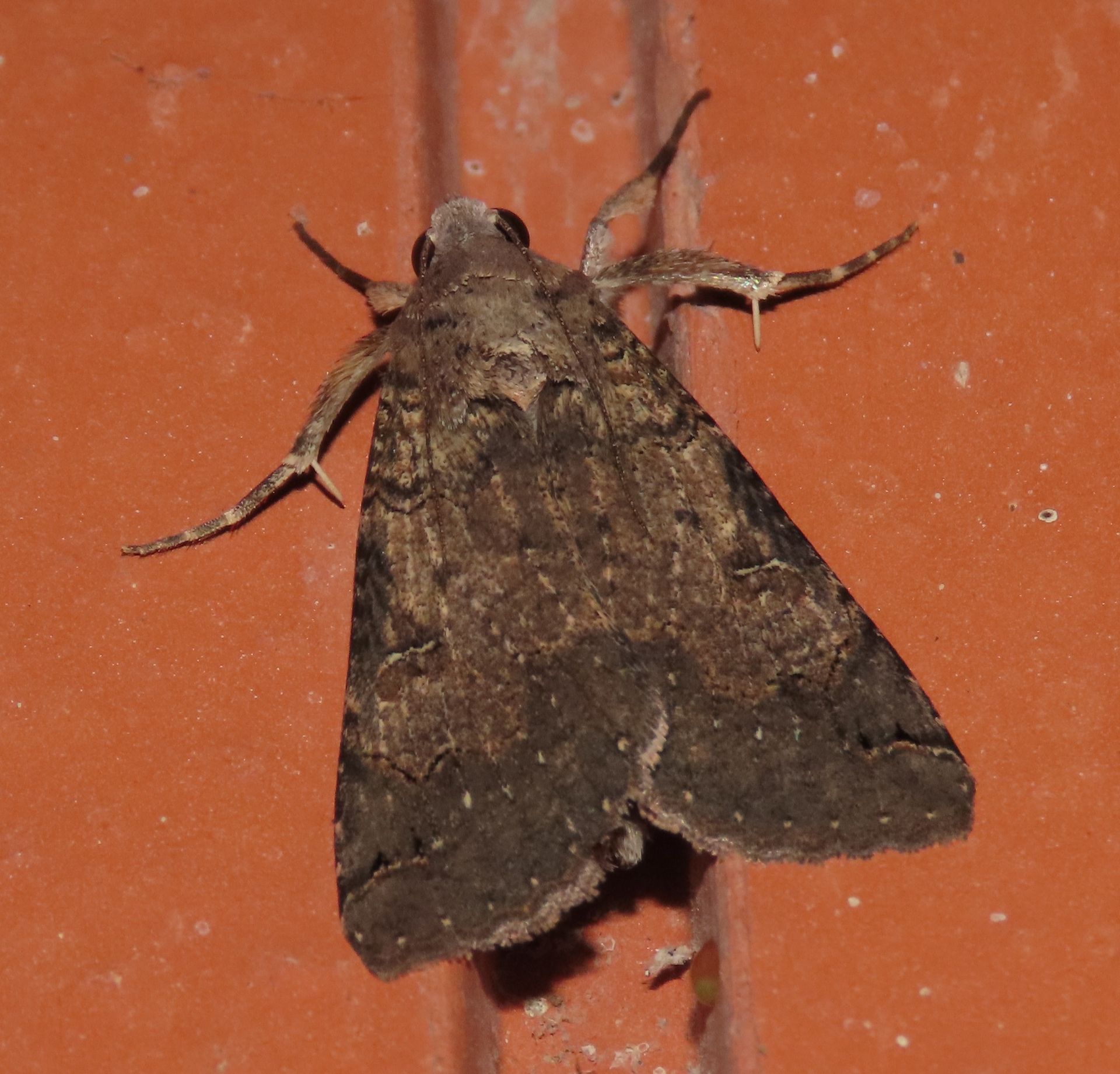
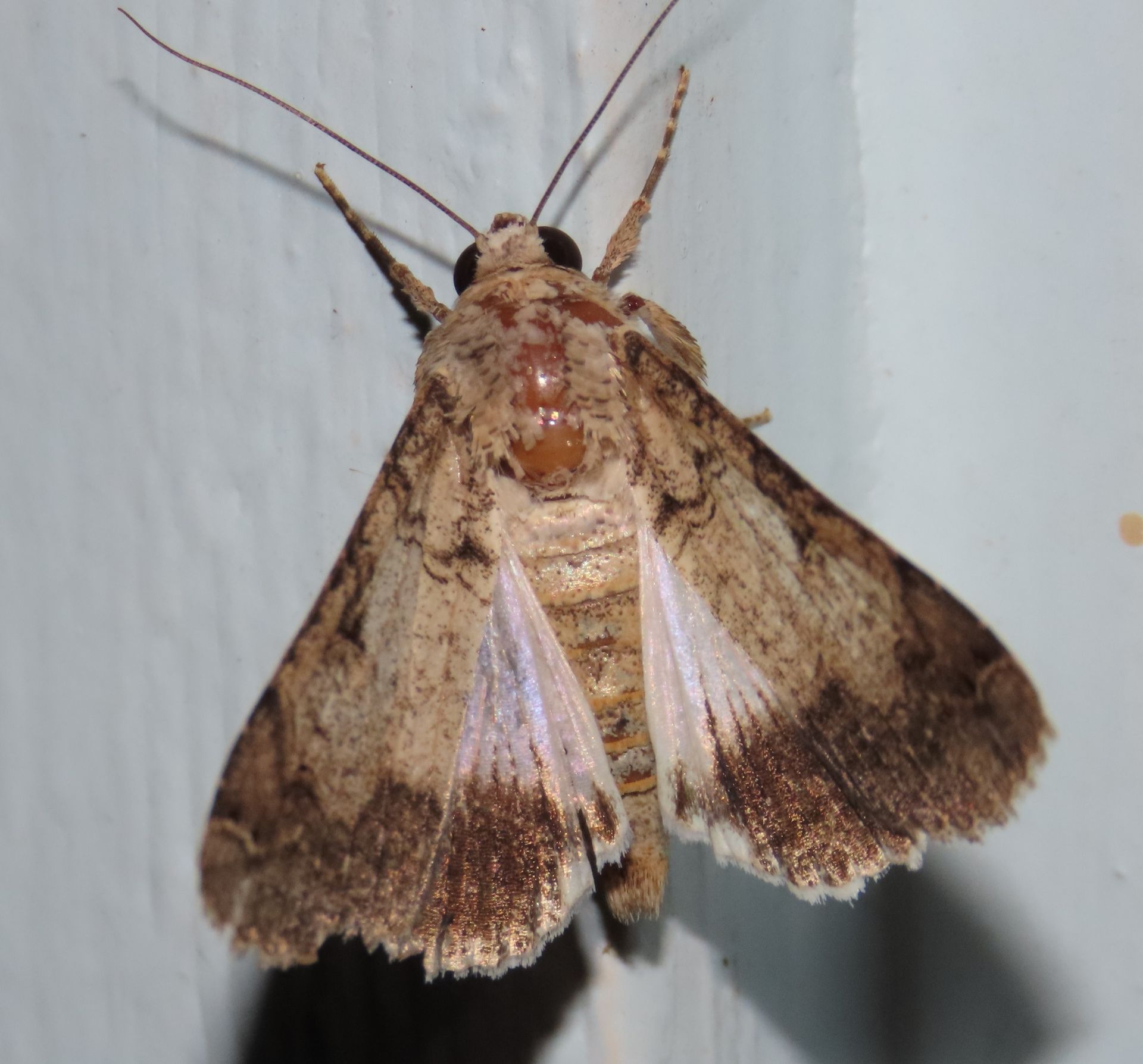
Frog-backed Graphic (Melipotis agrotoides)
This and the nearly identical Novanda Graphic (Melipotis novanda) have a large, pale rectangular patch in the median area which joins the spiky reniform spots, giving the impression of a fat frog! The female has a ghost of this pattern and can be variable. The definitive field mark is supposed to be the black band on the hindwing, which usually peters out before the anal angle on the Frog-backed, while reaching the anal angle on Novanda, but even this seems to be variable and can be tough to discern! Ed Knudsen stated that Frog-backed "is confined to the LRGV, whereas Novanda occurs from there west to AZ", but the MPG map for Frog-backed shows records all the way to California! Recorded March to November.
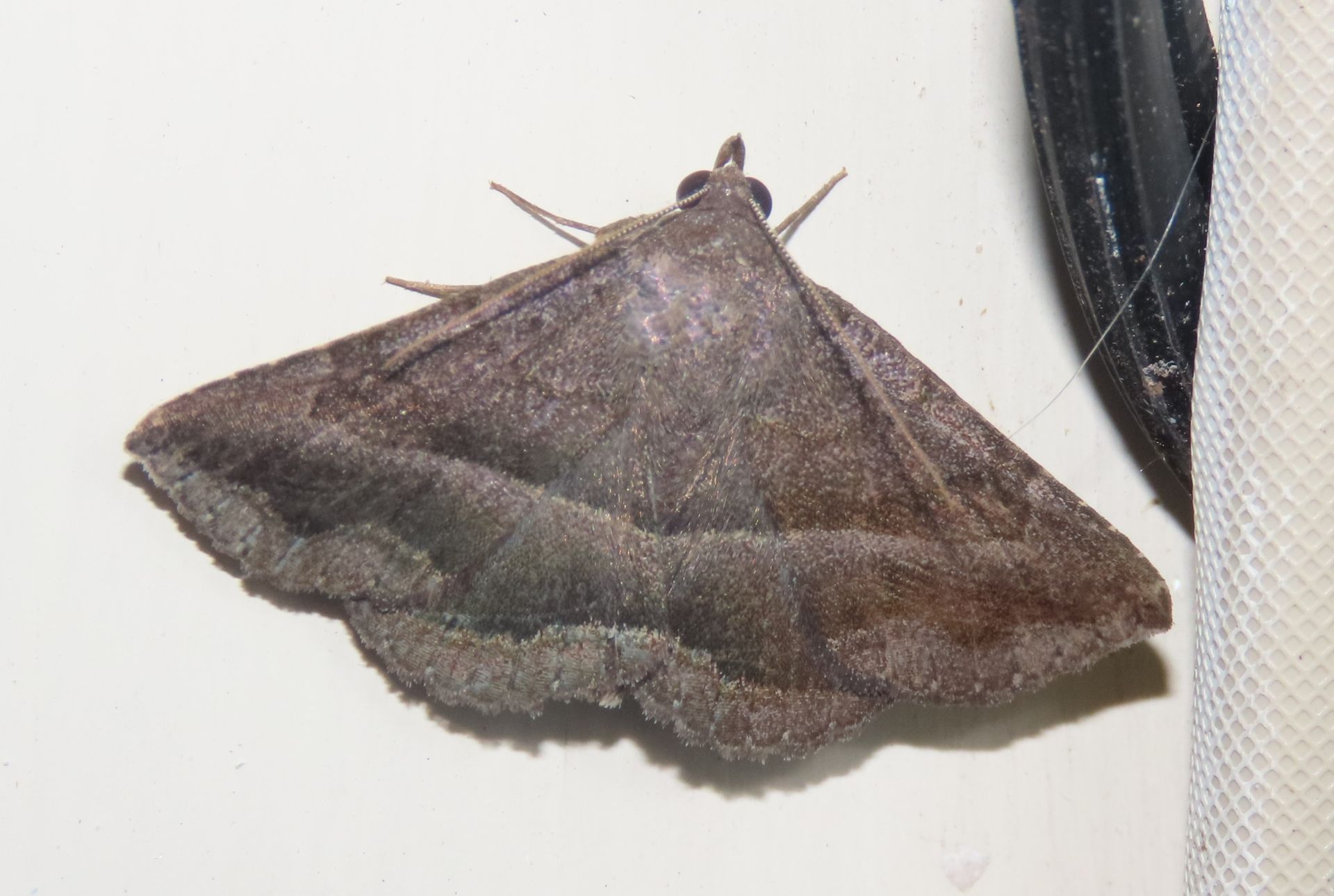
Brass Owlet (Lesmone aenaria)
Almost impossible to tell from the Detracted Owlet (Lesmone detrahens), the primary clue seems to be its range, as Detracted occurs well north of the LRGV and the Brass is an LRGV specialty! Additional clues cited by Don Lafontaine on BugGuide include the postmedial area being primarily dark (as opposed to half-and-half), and the subterminal line being wavy and sharp (although the ST lines on many of the Detracted images also look wavy). Recorded once in Alamo in October.
